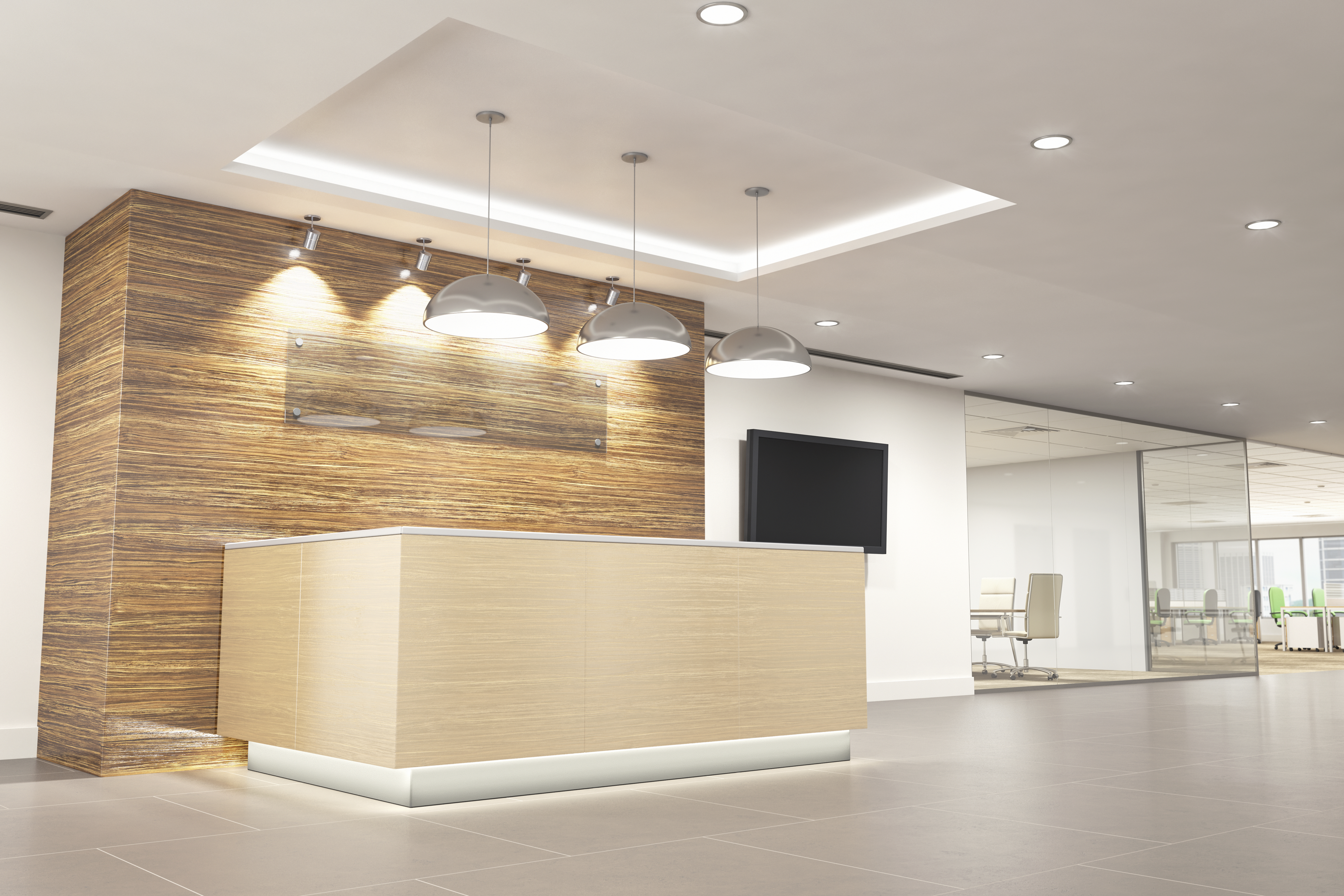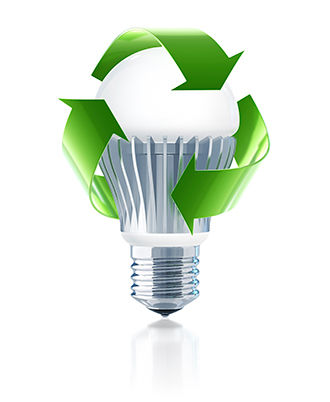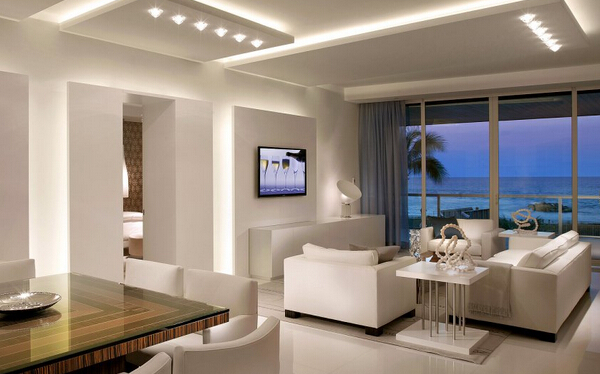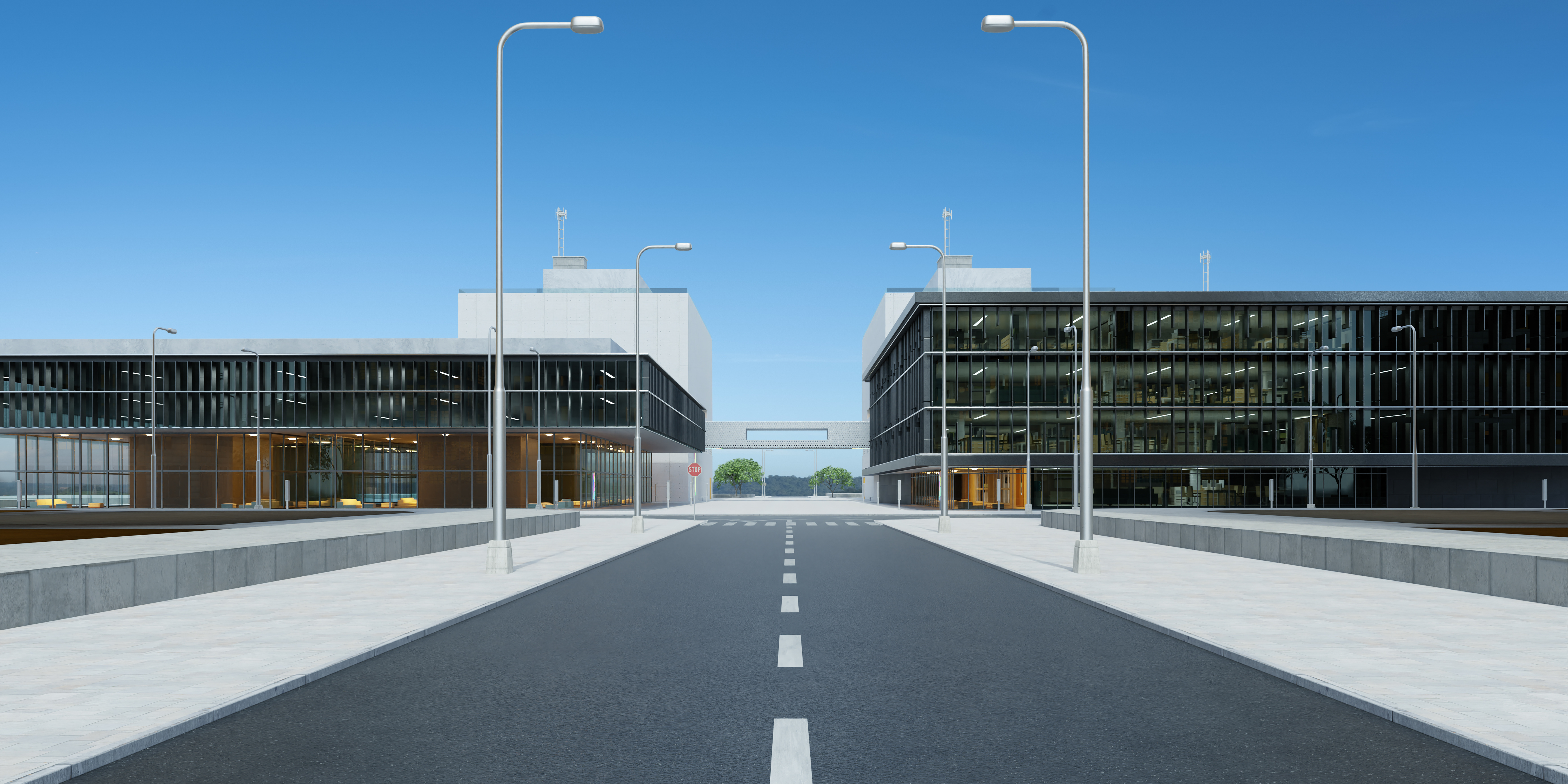LEDs are playing a key role in making sure people and places have clean, efficient, affordable light. Industry-wide adaption and incredible innovations are underway. Let’s look at the many benefits of LED lighting and its important effect on the economy, ecology and consumers.
Economy: Live long and phosphor
LEDs are one of the most energy efficient and cost effective light sources available on the market. Their low power consumption, high reliability and long lifespan allow purchasers to realize significant energy savings and maintenance reduction over the lifetime of an LED fixture.
Recent advances in LED technology have prompted governments to quickly adopt the technology. With energy demand and prices rising, cities, states and countries are quickly moving to LEDs to reduce the demand on their power grid.
Consumers are rapidly realizing the benefits as well. LED lights boast durations of tens of thousands of hours. With this longevity, people may not see the LEDs in their fixtures burn out in their lifetime. In fact, the life of an LED is about 100,000 hours or just over 11 years of continuous use.

Ecology: Better living without chemistry

The long lifetime of an LED leads to fewer bulbs changed, and fewer bulbs thrown away. Because LEDs use electricity very efficiently, greenhouse gas emissions are also reduced.
While traditional lighting sources such as fluorescents use chemicals like mercury, LEDs use phosphor and other safe materials without a negative ecological footprint. Fluorescents have specific instructions for disposal, but an LED can simply be recycled.
Industry: How to win friends and influence color
An important advancement in LED technology is the unprecedented ability to fine tune the color points of white light. Lighting designers now apply specific color environments to restaurants, clothing stores, hospitality rooms, museums and other retail spaces knowing that light influences people’s emotions and, therefore, consumer behavior.
Shoppers are attracted to an appealing display, and research shows they are more likely to buy well-presented products. In the supermarket, for instance, color-tuned LEDs make tomatoes look redder, bananas more yellow, and bread appear as a rich brown.
The color and quality of lighting is also very specific to high-end applications. Healthcare facilities need excellent illumination and color rendering to observe important medical details. Museums want light that accentuates the subtle colors which make artwork compelling.


